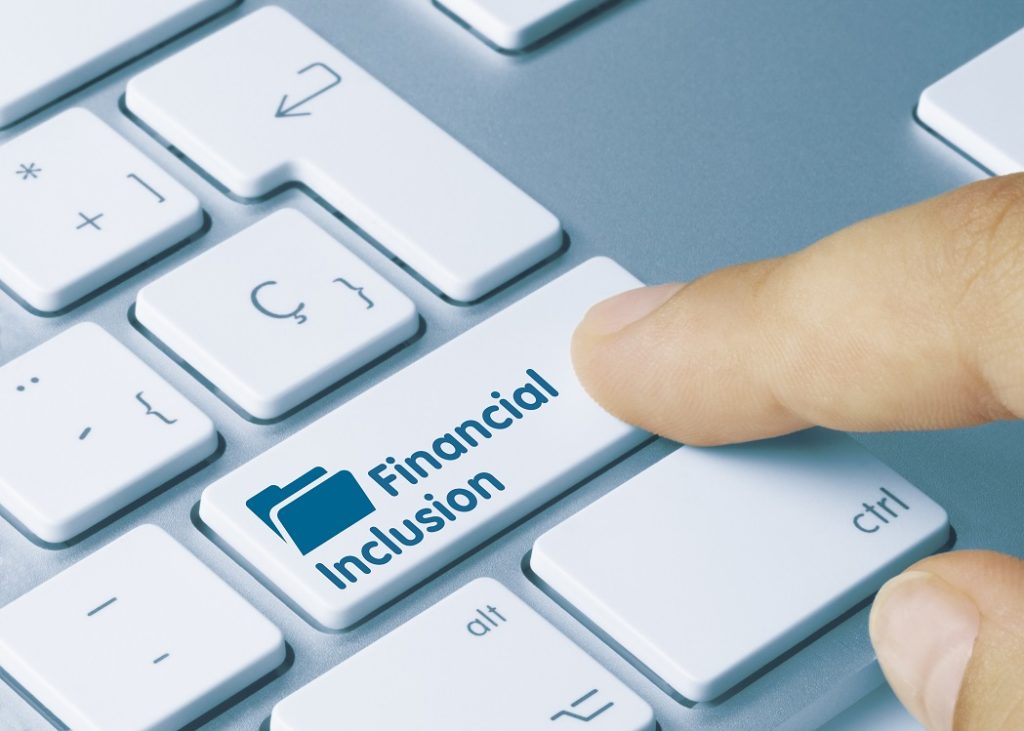The rise of digitalisation following the COVID-19 crisis has complemented the growth of industries such as e‑commerce, financial services and consumer credit. Consequently, the fintech ecosystem has witnessed a meteoric rise, especially when it comes to digital lending, loan procurement and disbursal systems – thanks to widening smartphone penetration, flexibility on credit range and seamless online transactions.
According to a report by PWC, India’s digital lending market will log a CAGR of 36% by 2023. Digital lending is emerging as an effective force to reach those who do not have, or have limited access to, financial services.
With the internet reaching India’s remotest areas, there is an opportunity for people across geographies and demographics to access financial services digitally. Innovative products offered by startups are now capable of overcoming geographical limitations, reducing transaction costs and enhancing the customer experience. There is an upsurge in the contactless process from diverse customers, which has resulted in a huge variety of digital lending models, each dealing with financial inclusion in unique ways.
The rise of digital transactions
Digitalisation lets consumers register on an online platform from their smartphones, making transactions easier. You can avail quicker credit, unlike with traditional banks that tend to take a minimum of six to seven working days to approve loans. With advancing technology, digital financial services are now capable of approving loans even in a few minutes.
There has been an upswing in demand for seamless access to credit and customers who fall under the new-to-credit category such as millennials, Gen Z professionals and the underserved population. These salaried individuals in Tiers 2, 3 and 4 cities are increasingly looking for easier access to credit from verified sources. Although they can apply for loans from formal institutions such as banks or non-banking finance corporations, they are often denied access due to a lack of credit history and a preference for prime customers.
Enabling financial inclusion across India
Fintech lenders are focused on developing ingenious products and catering to low-income, semi-urban and rural customers in unorganised sectors. In Tiers 2 and 3 cities, poor infrastructure is also one of the reasons for insufficient credit access. As demand surges and the credit landscape changes, the emergence of new-age digital lenders has been a much-needed respite for borrowers. Fintech lenders are adopting such business and operational models run on cutting-edge technologies that can seamlessly facilitate the launch, designing, implementation and execution of customised products and services.
Artificial intelligence/machine learning (AI/ML)
Fintech lenders use technological capabilities like data analytics, AI, ML, and open application programming interfaces to get insights into consumer buying and spending patterns to build alternative credit models. While the government is undertaking measures to promote the Digital India initiative, it is also endorsing regulatory interventions for the sector’s growth, proposing a separate division for fintech firms.
All AI/ML-based systems analyse data to predict the creditworthiness of the customer and gauge the risk involved in lending. These self-learning systems continually update their algorithms to become stronger and risk-free over time.
Owing to this capability, AI presents an unprecedented opportunity to extend the same benefits to the credit market that have already been introduced in consumer markets. Gradually, most financial organisations are moving towards such AI or ML systems for enhanced and risk-free lending.
New-age digital lenders
Digital lending apps have gained traction only over the past few years with the emergence of tech-driven startups and the digital revolution. Today, there are more internet users in smaller cities and rural areas as compared to metros who are adapting to these technologies.
Moreover, digital lenders have a higher risk appetite compared to banks, thereby enabling them to lend to lower-income segments. By offering unique products, such as micro and short-term loans, they are helping out lower-income individuals to build a credit history with small loan amounts without falling into a debt trap or facing an immense burden. They are facilitating financial inclusion for the underbanked, enabling them to avail loans from the comfort of their homes with less paperwork and quick processing.
The digital lending landscape will continue to advance and reform by offering groundbreaking technology-driven solutions. New-age startups are the ones driving this revolution, ensuring India gains hassle-free access to credit. They are on track to becoming a reliable source of credit for millions.
Views of the author are personal and do not necessarily represent the website’s views.



 Shruti Aggarwal is Co-Founder of StashFin. She has over 15 years of experience in financial services and entrepreneurship. She leads StashFin in providing ease of getting credit to salaried individuals across multiple cities in India. She has experience in banking and as Chartered Accountant, legal and accounting functions.
Shruti Aggarwal is Co-Founder of StashFin. She has over 15 years of experience in financial services and entrepreneurship. She leads StashFin in providing ease of getting credit to salaried individuals across multiple cities in India. She has experience in banking and as Chartered Accountant, legal and accounting functions.